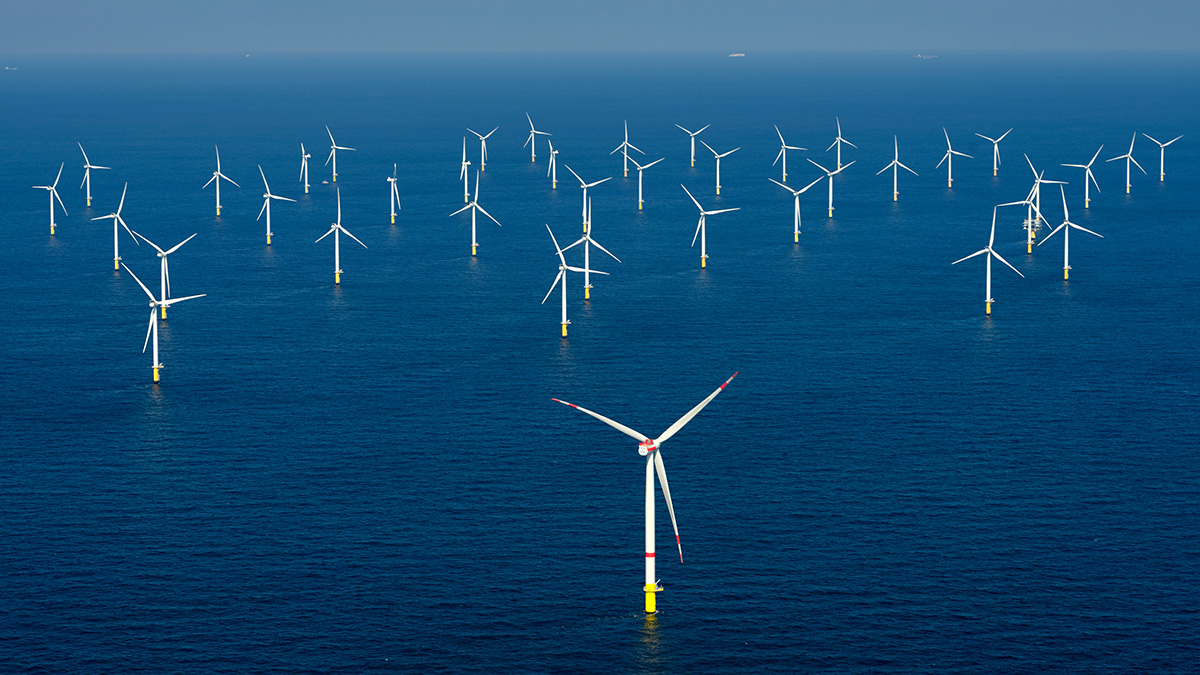News
Offshore wind in Europe in peril

5 November 2025
Europe needs more offshore wind to deliver its energy goals. Governments and society want it. And heavy industry want it to help them decarbonise. But as things stand the necessary expansion of offshore wind is not happening. The business case for new offshore wind farms is not where it was and where it should be. A number of projects are getting postponed. Some Government auctions are failing. Europe needs a New Deal for offshore wind, where Governments commit to volumes and action, and industry commits to cost reductions, investment and jobs.
Europe needs much more offshore wind. To strengthen its energy security and reduce its dependency on fossil fuel imports. To bring down electricity prices. To help electrify its industry. And to meet its climate targets.
And offshore wind is great. It’s cheaper than building new gas or nuclear plants. It’s made in Europe and employs 100,000 Europeans. And it’s effective – one turbine alone powers 16,000 homes.
But Europe is not building enough offshore wind to meet its energy goals. It was meant to have 120 GW by 2030. It’s got 37 GW today and at best will get to only around 70 GW by 2030.
Over the last year there have been failed auctions in Germany, France, the Netherlands, Denmark and Lithuania. And the current UK auction looks like it will only deliver half the volumes that were expected. At the same time many projects that won auctions over the last 3 years are now struggling to get the necessary investments over the line.
The problems vary from country to country. But the common thread is that the business case for new offshore wind is weaker than it used to be and needs to be.
Governments are taking some action to improve things. Denmark, the Netherlands and (probably) Germany are moving away from the failed “negative bidding” auction model to the much better Contracts for Difference (CfDs) that other countries use. CfDs provide stable revenues, with wind farms paying the difference to Governments if they earn more than their auction price. Some other countries are then indexing their CfDs more and setting more realistic price ceilings in their auctions.
But the collective Government effort is not enough.
New Deal for Offshore Wind
There needs to be a New Deal for offshore wind, where Governments commit to clear volumes for new build, specifically 15 GW a year between them over 2031-40, with 10 GW a year of that backed by CfDs (and the rest covered by agreements with industry). This granular visibility on volumes and the prospect of stable revenues would in turn unlock specific commitments from the wind industry: on cost reduction (30%), jobs and investments. A collective effort is also required to ensure the grid and other necessary infrastructure is in place.
Tripartite Contracts
Heavy industry are hungry for more offshore wind. They see it’s a stable form of energy which can reduce their energy costs and help them decarbonise. They want to sign power purchase agreements (PPAs) with offshore wind. But the prices don’t work for them today, not least if they have to cover the cost of electrifying their production.
The European Commission has recognised the problem and proposed a Tripartite Contract on offshore wind. The idea is that Governments act to de-risk investments both in offshore wind and industry electrification, reducing the costs of both so that the two sides can then agree a PPA price. Public financial institutions would play a role here too.
But the Tripartite Contract will only work if the public sector action is meaningful. And the public financial support will need state aid clearance.
North Seas Ministers meet in Ostend
The Energy Ministers of the North Seas countries meet tomorrow in Ostend to discuss how they can strengthen cooperation on offshore wind.
Their focus needs to be how can they help rescue offshore wind. Via a New Deal for offshore wind which can then be agreed with the North Seas Heads of Government meet in Hamburg in January. And via a Tripartite Contract which the Commission want to adopt by the end of this year.
The Ministers should also focus on how they can help get those projects that have won their recent auctions over the line to a final investment decision.
The urgency is acute. There is a real risk as things stand that industry and investors lose interest in offshore wind.
And the costs of inaction are huge. Europe would miss out on jobs and investment. It would lose its technology leadership in offshore wind – China is building more than we are. Heavy industry would find it harder to decarbonise and remain competitive. And an essential element of Europe’s energy strategy would be gone.

